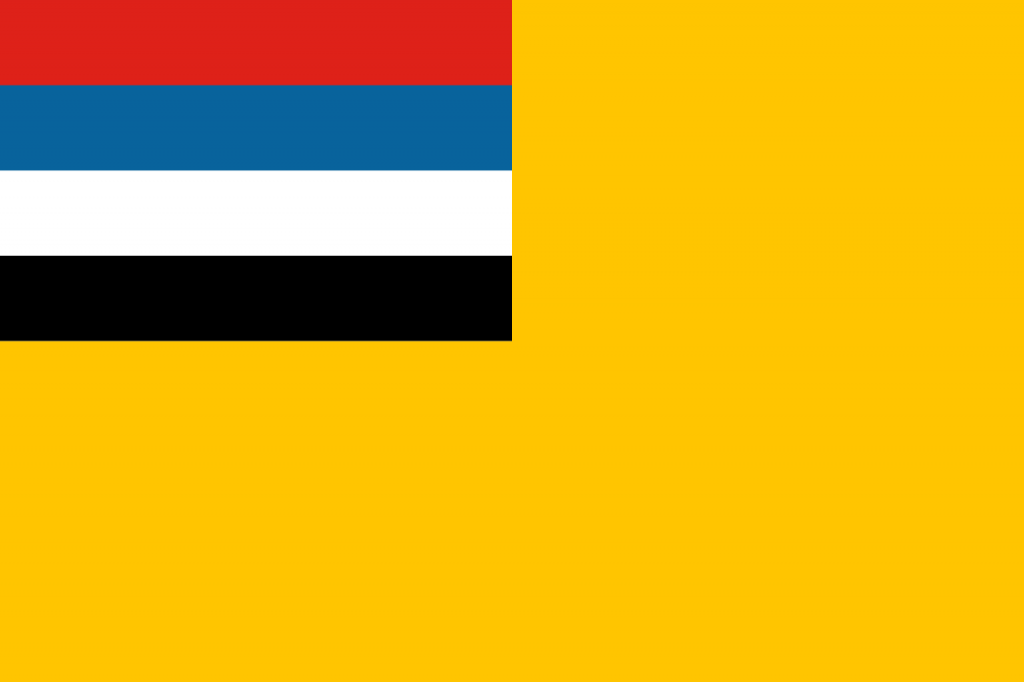
The State of Manchuria (滿洲國 / Manchoukuo), or Empire of Manchuria (滿洲帝國 / Manchoutikuo) after 1934 was a puppet state of Japan established after the September 18th Incident of 1931 where rogue Japanese troops without the permission from the Japanese government invaded Chinese Manchuria under the pretense that the Chinese supposedly blew up a Japanese railway. Established in 1932, the abdicated Qing emperor Aisin-Gioro Puyi (愛新覺羅·溥儀) of Manchu heritage was invited by the Japanese to serve as the head of state under the reigning title Datong (大同). In 1934, Puyi was officially recognized as the new emperor of Manchoukuo and was given the reigning title of Kangde (康德). The capital of Manchoukuo was Hsinking (新京), formerly known as Changchun (長春) prior to the Japanese invasion.
Though recognized by Japan and its allies, Manchoukuo throughout its existence failed to gain diplomatic recognition by most major countries with the exception of the Soviet Union. Despite this, Manchoukuo maintained trade with quite a few countries, such as the United States of America, and surprisingly enough, the Republic of China. Along with its international illegitimacy, Manchoukuo struggled with internal instability due to the large amounts of armed resistance against the regime throughout its early years. Isolated incidents of resistance would continue up until the end of Manchoukuo in 1945 when the Soviet Union invaded it to destroy one of the last stronghold of Japanese forces in the Far East. As a result of the invasion, Manchoukuo as a country effectively collapsed and most of its government officials including Puyi was captured by Soviet forces.
All future articles on Manchoukuo will be published on this page.
